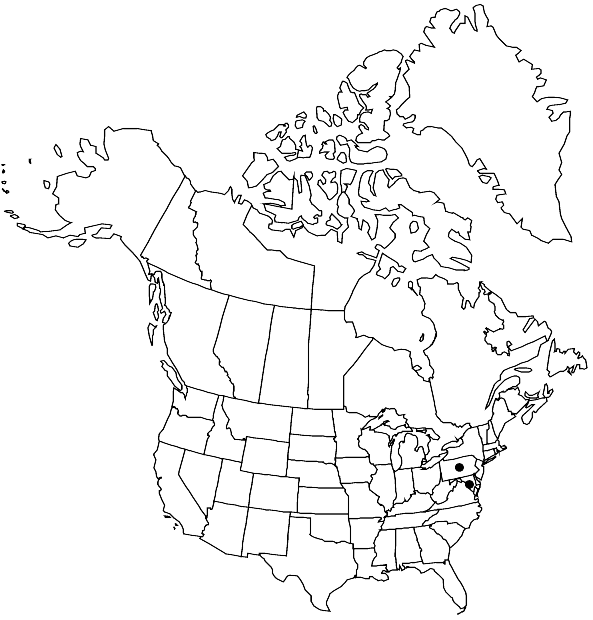Sphagnum rubroflexuosum
Bryologist 91: 364, figs. 1–8. 1988,.
Plants small, soft, fairly weak-stemmed; pale green to pale-yellow brown; capitulum not 5-radiate or only weakly so, may tinged with red; loose to somewhat compact. Stems pale green to pink; superficial cortex of undifferentiated. Stem-leaves 0.7–1 mm (to 1.2 mm in hemiisophyllous forms) elongate-triangular to triangular-lingulate, apex obtuse-erose, to apiculate; usually fibrillose at least apically; in hemiisophyllous forms spreading and in anisophyllous forms appressed; hyaline cells often septate at base. Branches moderately long and tapering, unranked to weakly 5-ranked, leaves not much elongated at distal end. Branch fascicles with 2 spreading and 2–3 pendent branches. Branch stem cortex enlarged and with conspicuous retort cells. Branch leaves 1–1.7 mm, ovatelanceolate, undulate and recurved when dry; hyaline cells on convex surface with 3–10 round pores per cell in the cell angles and free, on concave surface with round wall-thinnings in the ends and angles. Sexual condition unknown. Spores not seen.
Habitat: Forming carpets in weakly minerotrophic fens
Elevation: moderate elevations
Discussion
Sporophytes are unknown in Sphagnum rubroflexuosum. Compared to the closely related S. flexuosum, this species is paler and may have a reddish stem. Otherwise, identification must be made microscopically on the basis of branch leaf porosity. Although we have not seen this species in the field, it should be separable from S. majus, the only other large, aquatic species of sect. Cuspidata, in its range by traits of stem leaves and its color. Sphagnum majus is also typically a much darker brown.
Selected References
None.
Lower Taxa
"elongated" is not a number.
